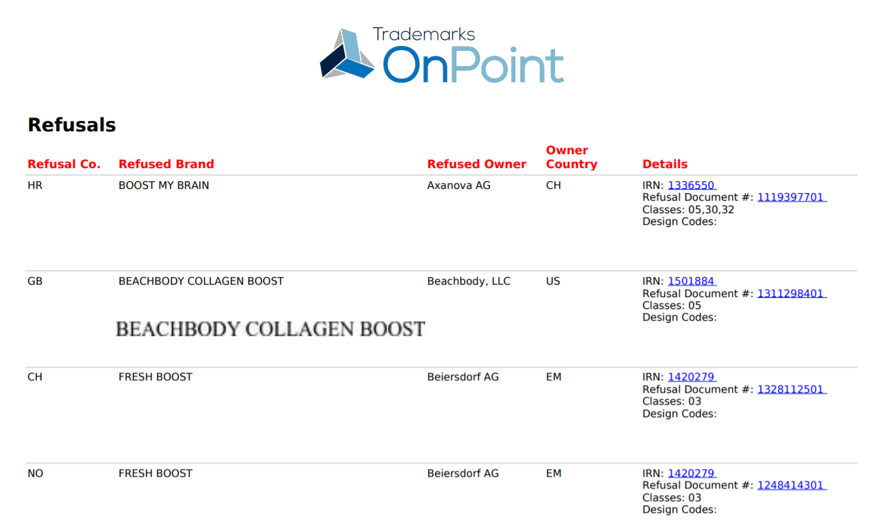By Christopher J. Schulte
Partner, Merchant & Gould, P.C.
Global trademark clearance often starts (and sometimes ends) with a “screening” search. These searches are performed on various trademark search vendors’ platforms that accesses trademark filing and registration data across the globe. Trademark attorneys are accustomed to this kind of clearance effort as they can render timely results for clients. These searches are screenings, however, and cannot replace full searches or advice of local counsel as to confusing similarity of potentially blocking references. But over the years many clients have come to rely on such searches as their main clearance tool for certain levels of brand roll-outs.
While these screens can pick up obvious blocking references with respect to the confusion analysis, they rarely offer much information as to the distinctiveness of a potential mark or if it might be refused on other absolute grounds. In other words, traditional trademark screening databases search for conflicting marks but do not render comprehensive results as to how certain countries view certain letter strings, words and word combinations from an inherent distinctiveness perspective or on local absolute grounds that range from terms deemed immoral or scandalous, to famous marks, to marks that fail to function, all of which may be subject to a disclaimer request. In the past, that information was only available through trademark database sleuthing and deductive reasoning (mark “ABC” was rejected but we do not know why) or by contacting local associates who often give an off-the-cuff assessment of the grounds for refusal.
There is now a new tool available for a global screening for distinctiveness from Trademarks Onpoint –the “Global Distinctiveness Indicator” database. This new database is based on Madrid Protocol refusals and offers insight into how over 100 trademark offices around the world view the distinctiveness of marks. This new tool gathers data from Madrid Protocol refuses around the world and provides insights into how a mark will be treated by overseas trademark offices. My opinion is that this data will soon be part of standard global screenings where practitioners can quickly obtain information on whether a candidate mark will suffer an overseas absolute grounds refusal, such as on morality or distinctiveness grounds. Terms like ZOMBIE, DOLLAR and EURO are not registerable in China on morality grounds. This is good information to have during a screening.
An example — the case of a client seeking to use the term BOOST in connection with a nutritional supplement. A search of Classes 3 and 5 reveal approximately 50 refusals containing the term “BOOST” (or a close variant). The first four results are shown here:

As noted in the results above, Croatia, the U.K., Switzerland and Norway refused extensions of marks that included the BOOST term. The full list of the refusals give a quick overview of the limited distinctiveness of the term in these two classes (both the IR and referenced refusals are hyperlinked in the results).
Quickly reviewing these results through the lens of the client’s proposed use of the mark for nutritional supplement reveals a mark called SPORTY BOOST for supplements. This mark was also refused on descriptiveness in several countries, sometimes despite a stylized drawing:

As a result, a client seeking to use BOOST for nutritional supplements would be wise to consider additional distinctive terms or elements prior to filing.
This new screening tool could save on needless refusals and client headaches in the future.
